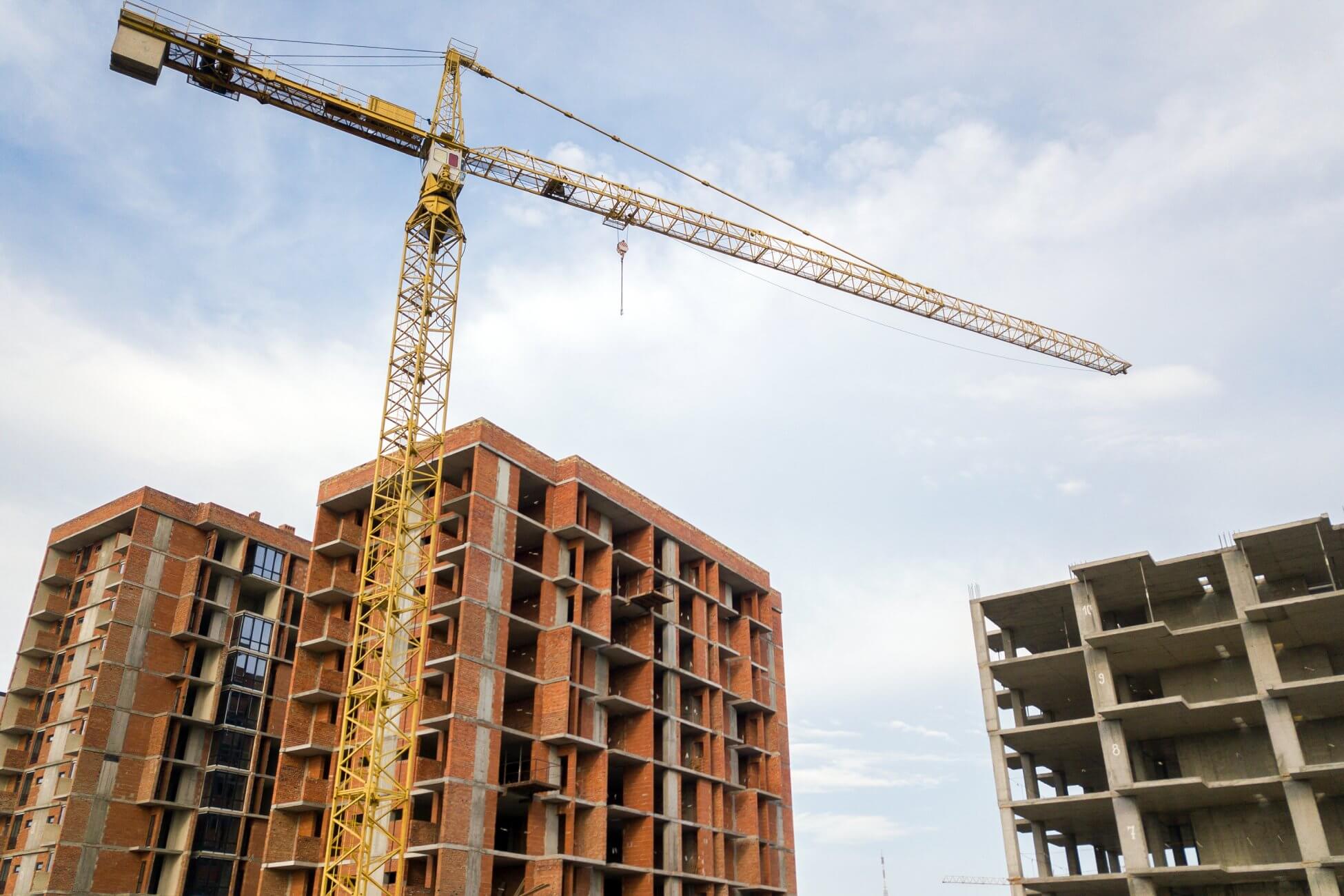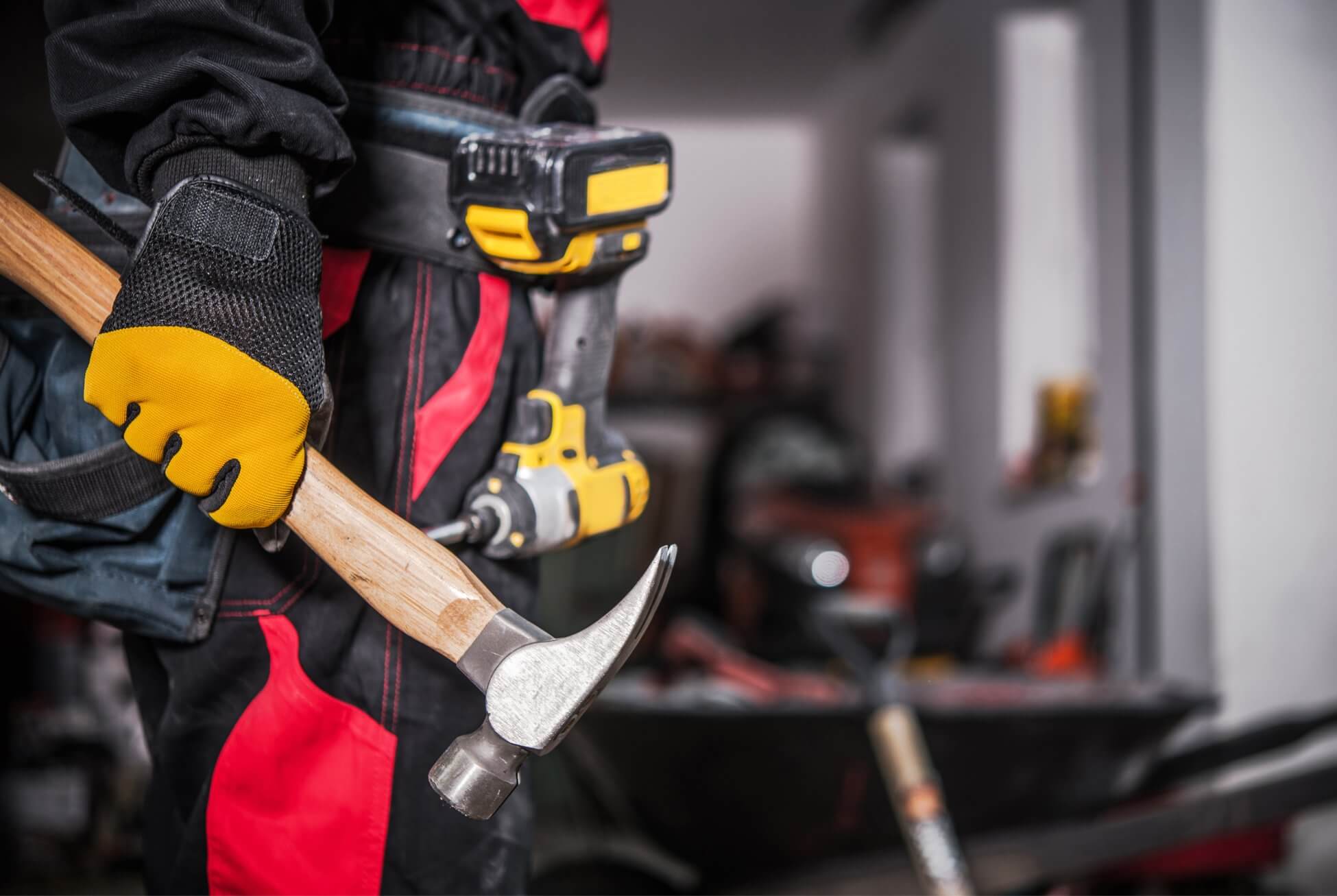Construction workers face daily exposure to loud noises. This can lead to permanent hearing damage, which can have a major impact in workers' lives.
To prevent this, it is important to provide adequate hearing protection. An effective way to provide hearing protection is through otoplastics.
On this page, you can read which otoplastics are suitable for the construction and what regulations apply.
Get in touch directly? Make an appointment.
What are otoplastics?
Otoplastics are individually moulded hearing protectors which are worn in the ear. They are custom-made to fit precisely in the wearer's ear, offering a high level of comfort and protection.
Otoplastics are available in different attenuation levels, making them suitable for various working environments with different noise levels.
Which otoplastics are suitable for construction?
The construction environment requires hearing protectors that protect against high noise levels, such as the noise of heavy machinery and tools. Otoplastics are well suited for this, as they provide a can provide high levels of cushioning while still being comfortable to wear.
In the construction industry, otoplastics are often used in combination with helmet fasteners to keep the otoplastics safely and securely in place.
There are different types of otoplastics available that are suitable for construction. For example, there are otoplastics with a flat damping, which offer uniform attenuation across the entire frequency range. This makes them suitable for working environments with a wide range of noise levels.
There are also otoplastics with a filter, which are specifically designed to attenuate high frequencies. These are suitable, for example, for working environments with a lot of high-frequency noise, such as the noise from grinding machines.

Construction otoplastics regulations
In the Netherlands, employers are obliged to protect their employees from harmful noises. This is stipulated in the Occupational Health and Safety Act and the Health and Safety Order.
If workplace noise levels exceed 80 decibels, employers must offer hearing protection to employees. This also applies to construction workers.
Employers must ensure that the hearing protection they offer to employees meets the requirements of the European EN 352-2 standard. This standard defines requirements for hearing protection, such as attenuation levels and minimum noise levels at which hearing protection is effective.
Conducting risk inventory and evaluation
Employers should also have a risk inventory and evaluation (RI&E) conduct to identify which workers are exposed to harmful noise and what measures are needed to reduce this exposure.
This can lead, for example, to changes in the working environment, such as moving machinery, or to the provision of hearing protection, such as otoplastics.
Advice on hearing protection? Make an appointment.
Comfort and other benefits of otoplastics for construction
Compared to ear muffs, otoplastics are lighter and less bulky. This makes them ideal for construction workers who often do physical work and need to wear their hearing protection for long periods of time.
Besides their comfort and protection, otoplastics also offer other benefits. For example, they can be equipped with communication systems, allowing workers to continue talking to each other while remaining protected from harmful noises.
Other forms of hearing protection
Besides otoplastics, other forms of hearing protection are also available for workers in the construction industry. Some examples include:
- Earmuffs
- Disposable earplugs
- Reusable earplugs
Earmuffs
These are large ear cups that cover the entire ear. They are very effective at muffling noise, but can be heavy and uncomfortable to wear for long periods of time.
Earmuffs are often used in environments where there are very high noise levels, such as when using chainsaws.
Disposable earplugs
These are small, foam-like earplugs that are inserted into the ear. They are very easy to use and provide good protection against harmful sounds. However, they are less durable than other forms of hearing protection and need to be replaced regularly.
Reusable earplugs
These earplugs are similar to disposable earplugs, but made of more durable materials. Reusable earplugs can be used multiple times. They are easy to clean and can be stored in a portable case for easy transport.
Choosing the right hearing protection for construction
The choice of appropriate hearing protection depends on the working environment, the duration of exposure to harmful noise and the comfort of the worker. Employers should ensure that employees wear appropriate hearing protection, in accordance with applicable standards and guidelines.

Get advice on otoplastics options for the construction industry!
Are you looking for suitable otoplastics for the construction industry? Ronell is the place to go for expert advice and high-quality custom-made hearing protection.
Our specialists have years of experience and expertise in hearing protection and can help you find the right solution for your specific situation.
Our products comply with all applicable standards and guidelines and are of high quality.
Custom solutions
We understand that every individual has different needs when it comes to hearing protection, so we offer tailor-made solutions.
Our custom-made otoplastics offer superior protection against harmful noise, with a high level of comfort and ease of use.
Frequently asked questions otoplastics construction
What are otoplastics and why are they important in construction?
Otoplastics are custom-made hearing protectors specifically designed to protect hearing from the high noise levels on construction sites. They offer significant protection against hearing damage, which is a common risk in the construction industry.
How are otoplastics different from standard hearing protection?
Unlike standard hearing protectors such as earplugs or earmuffs, otoplastics are custom-made for the user. This ensures better fit, comfort and more effective sound insulation.
What are the benefits of using otoplastics for long-term hearing protection?
Otoplastics provide long-term comfort and better sound insulation, which is essential for workers exposed to noise for long periods of time. They reduce the risk of hearing damage and increase overall workplace safety.
How do otoplastics help comply with Dutch regulations on workplace noise?
By using otoplastics, employers and employees can comply with the Dutch regulations on workplace noise levels, which aim to protect workers from hearing damage.
Are there different types of otoplastics available for different noise levels on construction sites?
Yes, otoplastics come in different types, each designed for specific noise environments and levels. This makes them suitable for various situations in the construction industry.
Get in touch!
Our experts are ready to help you find the right hearing protection for your specific needs and ensure that you and your employees can work safely and comfortably in noisy environments. Make an appointment via the form at this page.
